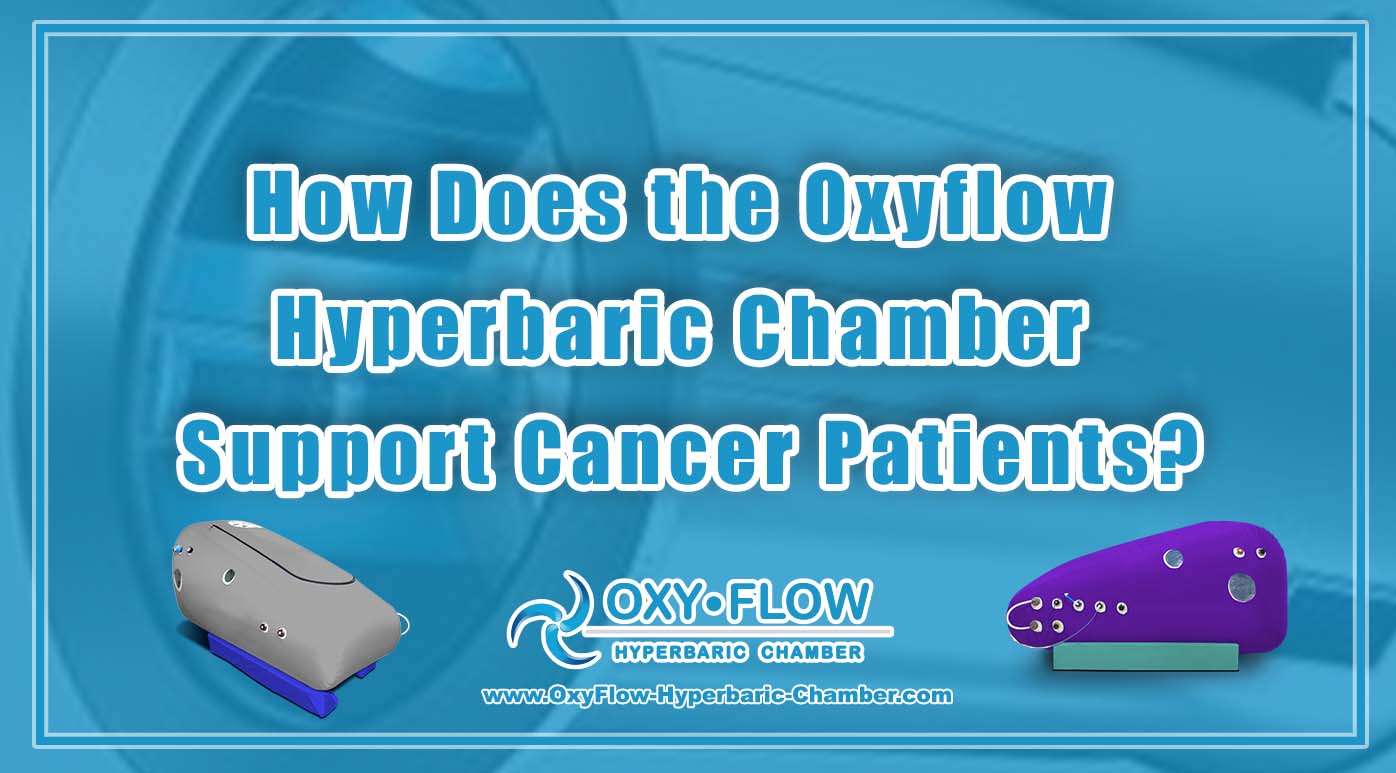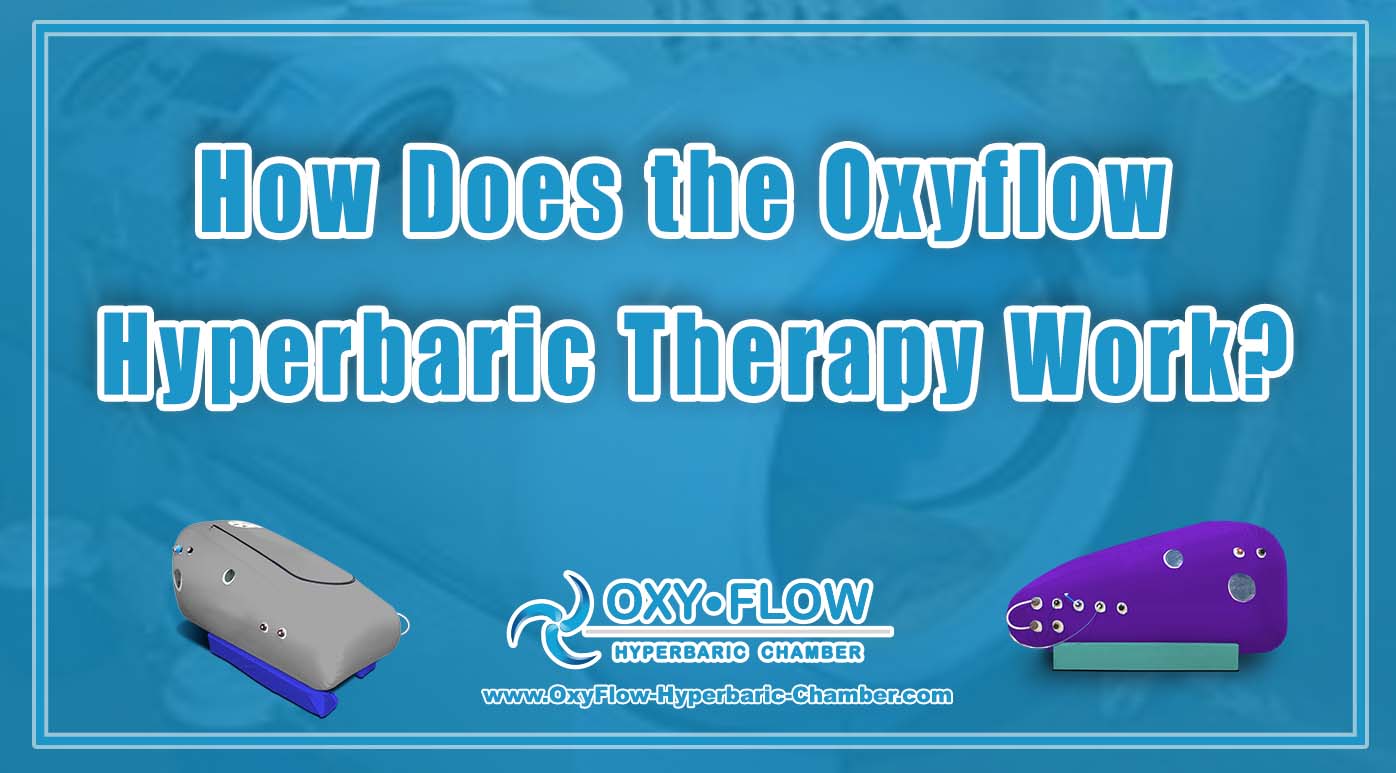
How Does the Oxyflow Hyperbaric Chamber Support Cancer Patients?
How Does the Oxyflow Hyperbaric Chamber Support Cancer Patients?

Introduction.
Cancer is a challenging and often life-changing diagnosis for individuals in the USA and around the world. While cancer treatments have made significant advancements, managing the side effects and improving the overall well-being of cancer patients remain top priorities. The Oxyflow Hyperbaric Chamber is gaining attention for its potential role in supporting cancer patients during their journey. In this article, we will explore how the Oxyflow Hyperbaric Chamber may provide valuable support to individuals facing cancer.
The Impact of Cancer and Its Treatments.
Cancer and its treatments can take a toll on the physical and emotional well-being of patients. Common challenges include fatigue, pain, radiation-induced tissue damage, and compromised immune function. These factors can affect the quality of life and the ability to tolerate and respond to treatment.
Understanding the Oxyflow Hyperbaric Chamber.
The Oxyflow Hyperbaric Chamber is a medical device used for hyperbaric oxygen therapy (HBOT). It involves exposing patients to pure oxygen in a pressurized chamber. The increased pressure allows the body to absorb higher levels of oxygen, potentially offering various health benefits.
Ways in Which the Oxyflow Hyperbaric Chamber May Support Cancer Patients.
Here are ways in which the Oxyflow Hyperbaric Chamber may provide support to cancer patients:
1. Enhanced Tissue Oxygenation.
Oxygen is crucial for healing and cell repair. HBOT can significantly increase oxygen levels in the bloodstream, improving oxygen delivery to tissues, which may promote the healing of radiation-induced tissue damage and surgical wounds.
2. Reduced Fatigue.
Cancer-related fatigue is a common and debilitating side effect of cancer and its treatments. The increased oxygen levels in HBOT sessions may help reduce fatigue and improve patients’ energy levels, enhancing their overall well-being.
3. Pain Management.
Some cancer patients experience pain as a result of their condition or treatments. HBOT may have a role in pain management by reducing inflammation and promoting tissue healing, potentially leading to reduced pain levels.
4. Immune Support.
Cancer patients often have compromised immune systems due to treatments like chemotherapy. Improved oxygenation from HBOT may enhance immune function, helping patients better combat infections and illnesses.
Considerations for Cancer Patients.
While the Oxyflow Hyperbaric Chamber shows promise for supporting cancer patients, several considerations should be kept in mind:
1. Consultation with Healthcare Professionals.
Cancer patients should consult with their oncologists and healthcare teams before considering HBOT. Individual health conditions, treatment plans, and compatibility with HBOT need to be carefully assessed.
2. Integration into Treatment Plans.
HBOT should be viewed as a complementary therapy and integrated into an overall cancer treatment plan. It should not replace standard cancer treatments but rather serve as an adjunctive option.
Conclusion.
The Oxyflow Hyperbaric Chamber holds potential as a supportive tool for cancer patients in the USA. By enhancing tissue oxygenation, reducing fatigue, managing pain, and supporting the immune system, it may contribute to improving the overall well-being and quality of life of individuals facing cancer. However, it’s essential for cancer patients to consult with their healthcare professionals to determine the suitability and integration of HBOT into their personalized treatment plans.
Disclaimer.
This article is for informational purposes only and does not constitute medical advice. Cancer patients should consult with their oncologists and healthcare teams to explore suitable treatment options, including hyperbaric oxygen therapy, within the context of their individual health needs and cancer treatment plans.


